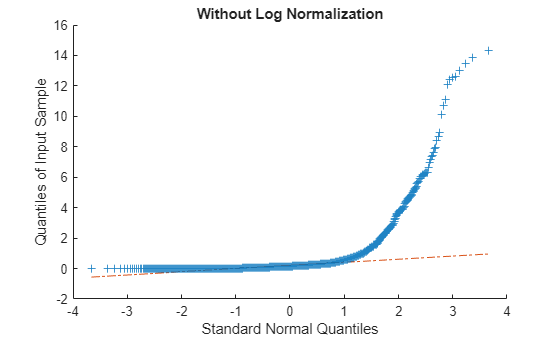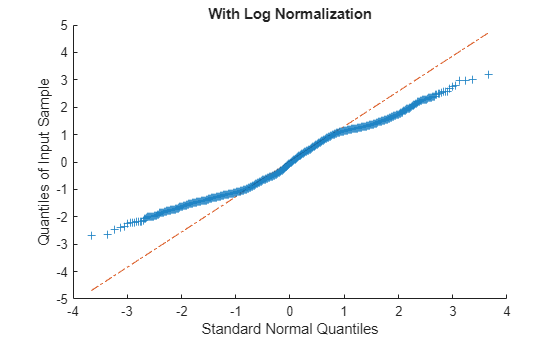scatteringFeatures
Syntax
Description
smat = scatteringFeatures(jtfn,cfs)cfs
along the path dimension. cfs is the output of scatteringTransform.
smat = scatteringFeatures(___,Name=Value)ExcludeCoefficients to "SpinUp".
Note
Raw Data Input name-value
arguments are valid only for x.
Examples
Input Arguments
Name-Value Arguments
Output Arguments
References
[1] Lostanlen, Vincent, Christian El-Hajj, Mathias Rossignol, Grégoire Lafay, Joakim Andén, and Mathieu Lagrange. “Time–Frequency Scattering Accurately Models Auditory Similarities between Instrumental Playing Techniques.” EURASIP Journal on Audio, Speech, and Music Processing 2021, no. 1 (December 2021): 3. https://doi.org/10.1186/s13636-020-00187-z
Extended Capabilities
Version History
Introduced in R2024b

